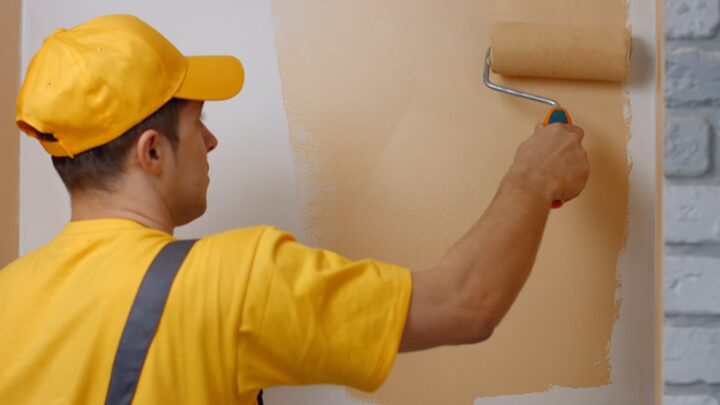
Customers typically request estimates from professional painters before deciding to go ahead with any work. What this document does is outline the total sum of money the project will cost, along with a breakdown of the individual items that make up the total. Creating an estimate for a painting job is not complicated in itself, but what goes into getting the costs correct and to an acceptable level of profit margin, can be highly complicated to calculate.
Price your services too low and you risk making a net loss, or too high and you discourage people from doing business with you.
So, how does a good estimating process win you more leads for your painting business?
-
An excellent estimating process fosters repeat customers
Most business owners assume that winning leads means catching the attention of individuals who are only just hearing about your business for the first time. However, what not many people know is that leads may also refer to past clients who want to do business with your company again.
Of course, that would require you to provide exceptional service in your first interaction which is completely possible.
Here’s how business estimates can build a positive client relationship:
- Costs that weren’t part of the original plan tend to make clients unhappy. Estimates take this into consideration, keeping your clients aware of the potential surprise costs.
- Estimates outline every cost that goes into the sum total of the project, which make it easier for clients to understand why the sum total is as high or as low as it is.
- You can avoid scenarios where you run out of budget midway through a project, which will only leave your client in a sour mood.
- A comprehensive and accurate estimate should tell you the exact date you can start and finish a job – clients appreciate meaningful timelines.
With this, you can use your estimating process as a means of building a rapport with your clients. Painting business management-specific software like Jobber will help to guide you into using best practices for your estimating process by prompting you to put the essential components onto customizable templates. Smart technology like this can also assist in calculating average costs for similar jobs so you don’t have to keep creating them from scratch each time.
-
It prevents conflicts that may ruin your reputation
You want to avoid conflict with your customers wherever possible. More often than not, problems arise on painting projects due to misunderstandings on pricing.
The price of a painting job is dependent on several different factors which perhaps your customer isn’t privy to, or maybe they failed to understand how your pricing scheme works. Regardless, these conflicts won’t do your business any good and if they cannot be resolved, can lead to negative reviews which can drastically impede your ability to win more leads.
A negative review of your business might be the first thing someone sees online or hears about you. It, therefore, takes several more positive reviews for someone to read or hear about, to convince them that in fact, this may have been an isolated case. Alternatively, one negative review might be all it takes for someone to think they’d rather do business with your competitor instead.
Conflicts are by no means unavoidable. With clear and concise communication, negative reviews don’t always have to be an issue. As far as pricing goes, an accurate, transparent, and concise job estimate is arguably the best way to start doing business with a customer and avoid potential misunderstandings regarding pricing.
On the contrary, a good estimating process may even provide you with genuine positive reviews. After all, if you are able to start and finish each job as you promised to deliver it, your clients are immediately going to be happier with your service.
-
It allows you to answer any questions your leads may ask
A lead is an individual or organization with an interest in your business, or more specifically, the services you offer. In a lot of cases, to convert a lead, first you may have to answer several questions about your service.
A good estimating process can support with this as it gives you the opportunity to gather info at the very beginning scoping stage to assess the feasibility of a job before wasting anybody’s time with proceeding. A professional estimate should be able to answer the following questions:
- Can you take on this particular painting job?
- What materials do you usually use for this kind of work order?
- When can you finish a painting job of this type?
- Are there hidden charges I should be aware of?
- How much should I expect to pay for this scope of work?
By providing your prospects with more information about your service from the very start, it becomes easier to convert them into qualified leads, for them to share their contact information, and move them further along the sales funnel.
Wrapping up
In summary, a good estimating process is indeed a massive help to a painting business’ lead generation strategy. If you can identify an effective system to get this right with the aid of industry-specific software to help you, you will be able to convert more customers and, through transparency and concise communication, facilitate greater customer satisfaction levels. This requires hard work and dedication to get right but is well worth the investment of time with the value it can provide to your business.

















